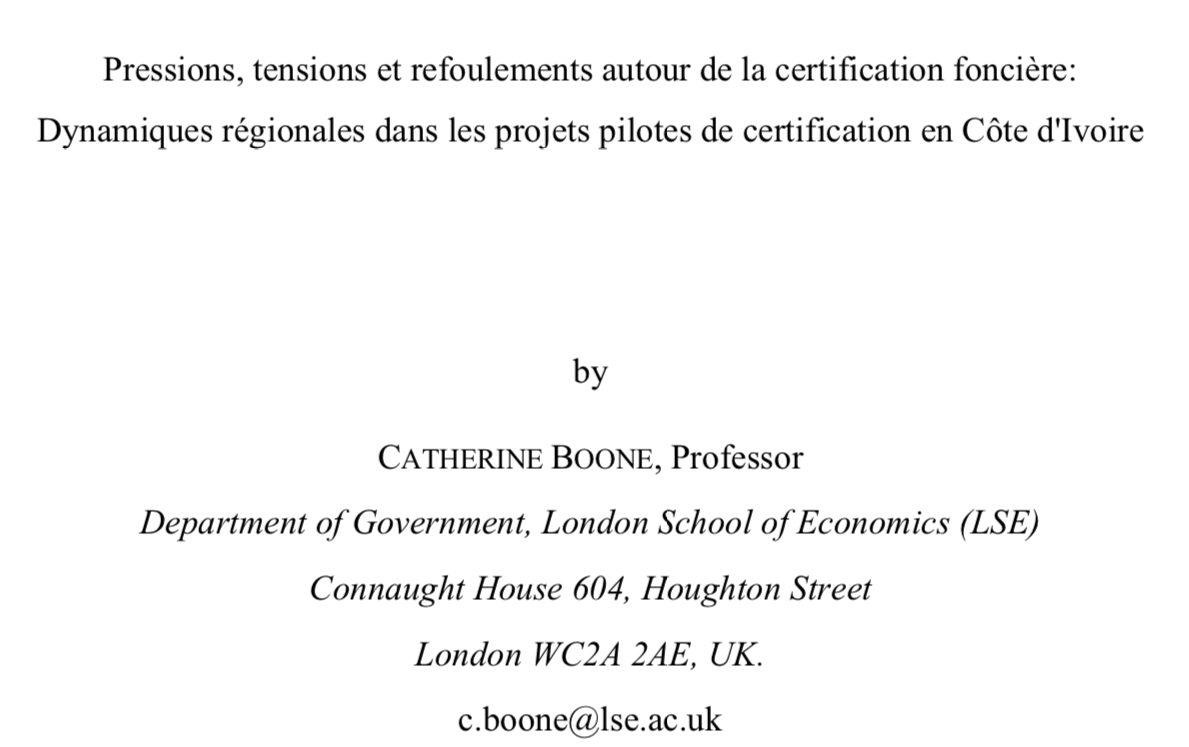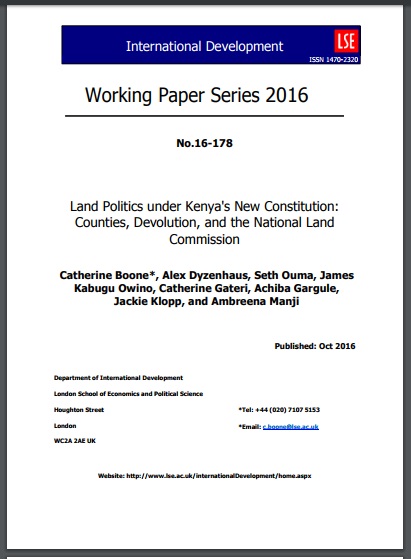Location
LSE is one of the world’s leading social science universities. We have committed to a strategy that will build on our strengths, address challenges and maintain our worldwide reputation for excellence.
We have already achieved many of the goals set out in our 2014 review, including:
- Strengthening our faculty, which has resulted in remarkable success in the Research Excellence Framework and major improvements in most research-based and reputational rankings.
- Investing in our LSE Careers service for LSE alumni.
- Opening a new PhD Academy to nurture the next generation of leaders.
- Launching four new institutes, including The Marshall Institute for Philanthropy and Social Entrepreneurship and The International Inequalities Institute.
- Starting a major redevelopment of our campus, featuring a state-of-the-art 13 storey building overlooking a new public square.
- We have not been standing still. But rapid changes are taking place in higher education, and we need to change accordingly.
Priorities for the future
The LSE’s future depends on enhancing our quality, our innovation, and our intellectual distinctiveness as a leading institution for social science.
Our 2020 Strategy sets out a roadmap for how we intend to meet these challenges.
Our strategic priorities are to:
1. Education
We will lead in the provision of excellent disciplinary and interdisciplinary education. See our Education Strategy for details.
2. Strengthening and supporting faculty and staff
We will continually improve faculty quality, research performance and intellectual innovation and enhance the quality of our professional service staff.
3. Equity, diversity and inclusion
We will strengthen our commitment to equity, diversity and inclusion and take relevant action throughout the institution.
4. Leading globally in social science
We will lead – and continue to be recognised as leaders – in innovative, international, interdisciplinary and issue-oriented social science.
5. Diversifying our revenue streams
We will enhance and diversify our revenue streams.
6. Developing our campus
We will secure an estate and other facilities commensurate with our standing and aspirations.
Members:
Resources
Displaying 1 - 5 of 7What is climate change adaptation?
Humans have been adapting to their environments throughout history by developing practices, cultures and livelihoods suited to local conditions – from the Mediterranean siesta to the Vietnamese practice of building homes on stilts to protect against monsoonal rains. However, climate change raises the possibility that existing societies will experience climatic shifts (in temperature, storm frequency, flooding and other factors) that previous experience has not prepared them for.
Pressions, tensions et refoulements autour de la certification foncière : dynamiques régionales dans les projets pilotes de certification en Côte d’Ivoire
Cet article analyse l’histoire de la Côte d’Ivoire en matière de certification des terres de 2004 à 2017, en passant au crible les variables de l’économie politique qui causent des frictions et ralentissent les programmes d’enregistrement des droits fonciers dans les pays africains. Sont ainsi identifiées les inégalités régionales, les inégalités sociales, et les différences régionales dans les institutions foncières préexistantes comme des facteurs qui entravent la réforme foncière.
“Community Land” in Kenya: Policy Making, Social Mobilization, and Struggle Over Legal Entitlement
Independent Kenya failed to recognize customary interests in land as possessing equal force as statutory derived rights. Issues related to land rights are perceived as root causes of conflicts occurring in the 1990s and 2000s. The 2010 Constitution has embodied the fundaments of land reforms; it has acknowledged “communities” as legally entitled to hold land. Paper studies decision-making processes via a socio-anthropological approach showing how it contributes to understanding the issues at stake and the politics surrounding the design of new legislation around “community land”.
Land Politics under Kenya's New Constitution
Kenya's new constitution, inaugurated in August 2010, altered the institutional structure of the state in complex ways. The general motivation behind reform was to enhance the political representation of ordinary citizens in general and that of marginalized ethno-regional groups in particular, and to devolve control over resources to the county level. In the land domain, reform objectives were as explicit and hard-hitting as they were anywhere else.
Developing a Land Conflict Monitoring and Mapping Tool for the Acholi Sub-Region of Northern Uganda
Well before the effective ending of the protracted Lord’s Resistance Army (LRA)
insurgency in northern Uganda in July 2006, and at a time when the entire rural
population was displaced into camps, concerns had emerged around land, in particular
in the Acholi sub-region, where the war had been most intense and longest lasting
(Adoko & Levine 2004). Through forced displacement, almost all rural Acholi
families has been prevented from occupying their land for many years, years in which






